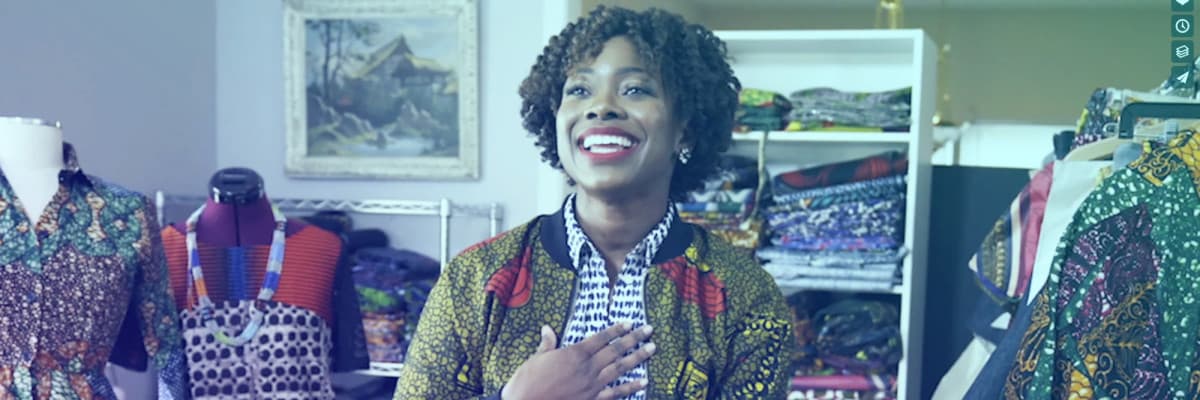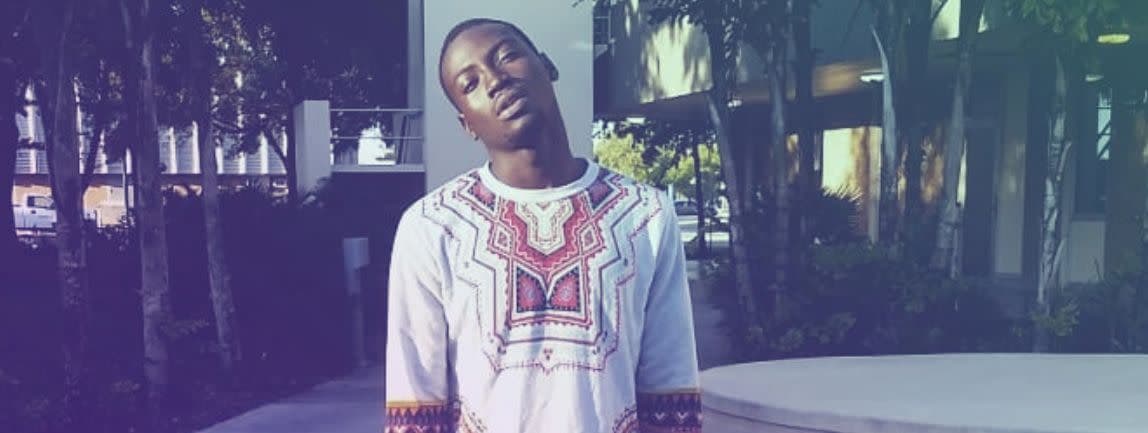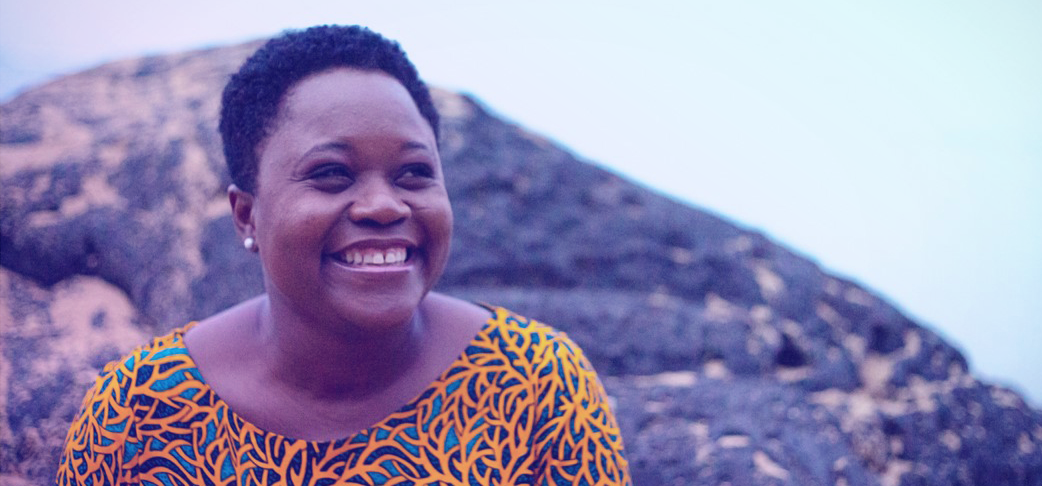Festivals that light up our world
Every single member of the family loves a festival of lights.
Light. It’s a source of life, so it’s no wonder that it inspires so many of the world’s most celebrated festivals.
From the simplest, most exquisite candlelight to large and inventive displays in every shape, size and colour, light illuminates our festivals. And the festivals, in turn, bring light and joy at what’s often the darkest time of the year.
Light doesn’t just add warmth and decoration. It has real symbolic meaning and is integral to many of the world’s religions and traditions. Whether it symbolises the light of a prophet or good triumphing over evil, light lends real meaning to our festivals.
Whatever your beliefs or faith, these festivals of light give us a good opportunity to pause for thought in our busy lives. They give us time to take stock and reflect on our past and what the future might hold.
WorldRemit Content Team
• 4 mins read • Updated
Christmas – a time to sparkle
Christmas is a time of light – church candles, shop lights, lights on the tree at home and huge public displays that we make a special journey to see. At the darkest time of the year (in the northern hemisphere) the magic and sparkle of these lights bring cheer and warmth to us all.
The tradition of Christmas lights goes back to the 17th century when the Germans began to illuminate their Christmas trees with candles. In honour of his birth, they symbolise Christ being the "light of the world".
Christmas trees and candles were always a risky partnership. But it wasn’t until the early 1880s that Edward H. Johnson, an associate of inventor Thomas Edison, introduced the first electric lights.
In 1895 US President Grover Cleveland sponsored the first electrically lit Christmas tree in the White House. At the same time, the first commercially produced Christmas tree lamps were manufactured by the General Electric Co in New Jersey.
However, for many years electric Christmas lights were too expensive for most people and so they did not really replace candles until the 1930s.
Over time indoor lights made their way outdoors and then on to decorate other places other than trees. From the outside of homes to city skyscrapers, lights began to illuminate our whole Christmas landscape.
Today, we see some of the most wonderful Christmas displays all over the world - displays that draw visitors from thousands of miles away.
Rockefeller Center, New York
Love Christmas – you’ll love this.The tree at Rockefeller Center is decorated with some 45,000 lights to cover its 80 feet. The first tree was lit in 1933 and today, more than half a million people walk by the tree each day and take a turn on the ice.
Ayala Triangle Gardens in Manila
As you make your way through the park of stunning trees including kamuning, golden palms, and fire trees, Christmas hymns and songs are synchronized with the lights to create a unique holiday experience.
Tivoli Gardens, Copenhagen
Copenhagen's stunning Tivoli Gardens have been a holiday tradition for both locals and tourists ever since 1843. As well as an extravagant Christmas light show, which illuminates Tivoli Lake, there are fireworks and even more lights in the week between Christmas and New Year.
Hanukkah – eight nights of light
This Jewish Festival of Light begins on the Hebrew date of the 25th of Kislev and lasts eight days. This year that corresponds to sunset on 12 December to sunset on 20 December.
Light is at the very heart of the festival’s story. Hannukkah commemorates the restoration of Jewish worship at the temple in Jerusalem by the Maccabees in 164 BCE, after they removed all the Hellenistic statuary. They wanted to light the menorah (religious lamp), but only found enough oil to burn for one day. Miraculously, the oil actually lasted for eight nights.
The theory goes, that with enough dedication and commitment, God creates miracles. And so Hanukkah means "dedication".
During the festival the most important ritual is the candle lighting. Every night, for eight nights, Jews light a branch of a menorah from left to right. The middle and tallest branch of the menorah houses the shamash (attendant candle) that is used to light the other candles.
The reason to light the candles is not to light the house within, but rather to illuminate the house without. In that way the outside world can see the menorah and be reminded of the holiday's miracle - the triumph of the few over the many and of the pure over the impure. And so lamps are set up at a window or near the door leading to the street.
The lights aren’t just displayed in homes. Today, the variety of practices range from carefully measured oil lamps to electric menorahs in department store windows to the lighting of 30-foot Hanukkah menorahs in public squares in cities all over the world.
Diwali – light over darkness
The five-day Festival of Lights, coincides with Hindu New Year and its timing is calculated according to the position of the moon and the Hindu lunar calendar. This is usually in October or November.
It’s one of the most significant festivals in Indian culture and is observed by Hindus, Sikhs and Jains around the world.
Many celebrate the legend of Hindu God Rama and his wife Sita's returning to their kingdom in northern India after being exiled following the defeat of demon king Ravanna.
Diwali is short for Deepavali, which literally means "series of lights". During the festival homes, gardens, shops and restaurants are all decorated with clay oil lamps (diyas) or candles.
They are lit to kindle the light of wisdom in every heart and they symbolise victory of good over evil, light over darkness and knowledge over ignorance.
Diwali is also marked by huge firework displays, which are supposed to reflect the celebrations of Lord Rama's return.
For many Indians, Diwali honours Lakshmi, the goddess of wealth and people will start the new business year at Diwali and some will say prayers to the goddess for a prosperous year ahead.
Vivid Sydney
Not all festivals of light are based in religious belief. In fact, one of the world biggest light festivals began for altogether different reasons. It began in 2009 as a festival promoting energy efficiency.
This unique winter event now takes place every year over the course of three weeks in May and June. It celebrates light, music and ideas and features an outdoor gallery of extraordinary lighting sculptures, a cutting-edge contemporary music programme, not to mention some of the world's most important creative industry forums.
And let’s not forget the light projections that transform and illuminate landmarks such as Sydney Opera House and the Harbour Bridge.
Every year it gets bigger and more impressive and attracts visitors from all over the world. In 2017 some 2.3 million people attended. What better excuse to visit Sydney in winter?
Back to homeWorldRemit allows customers to stay connected and support their loved ones. Our Content Team plays an integral part in that. We celebrate the global community and help you to achieve your ambitions.




